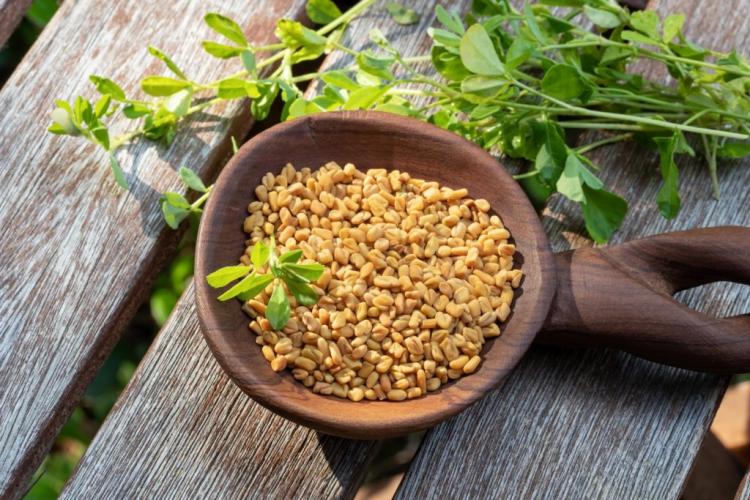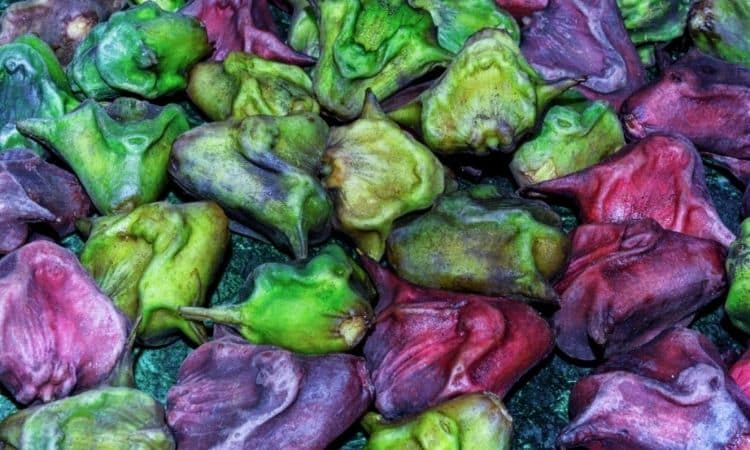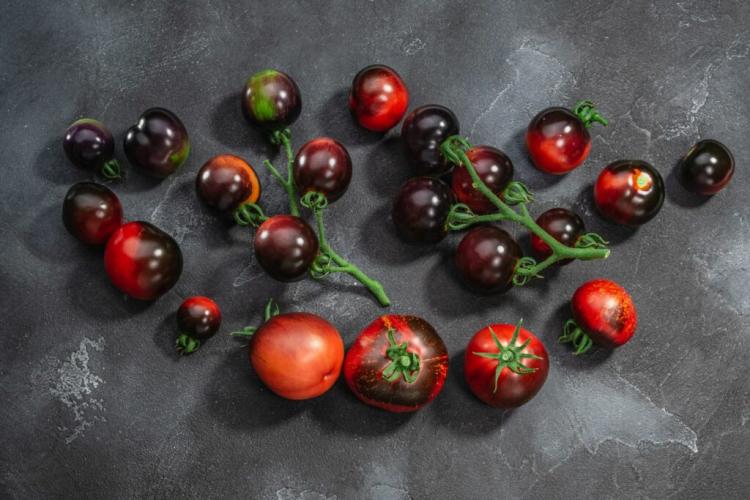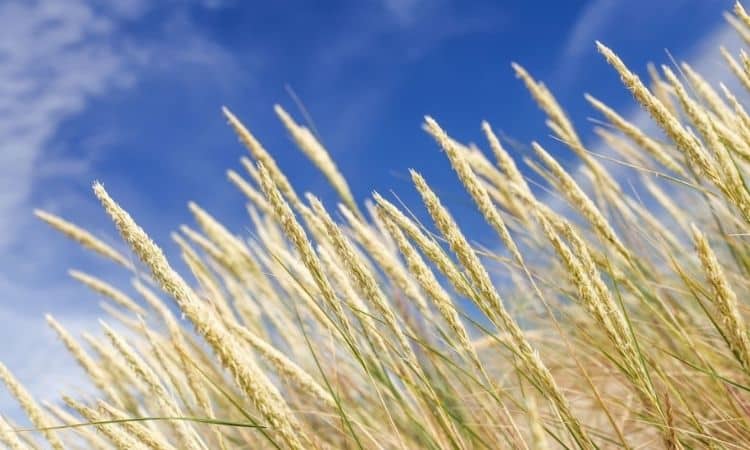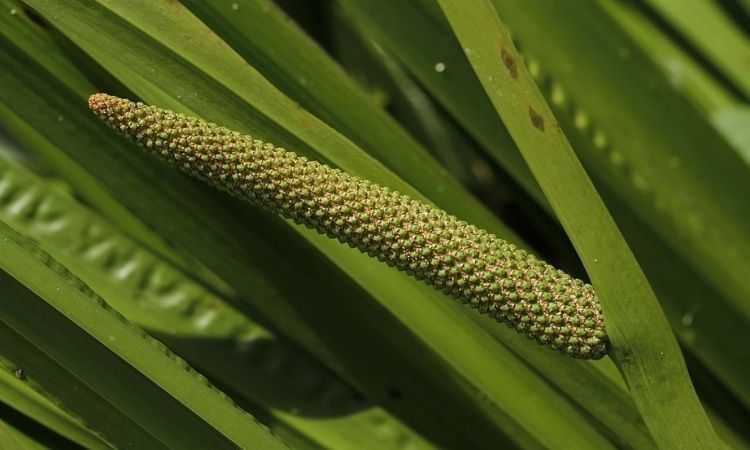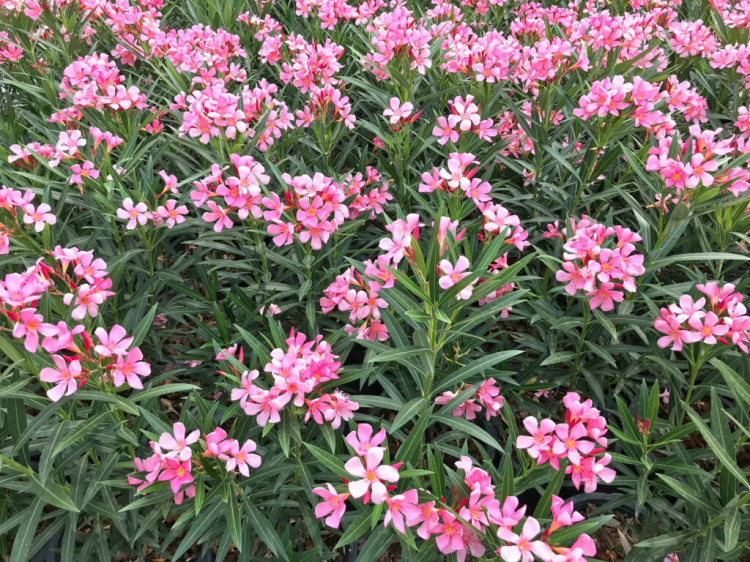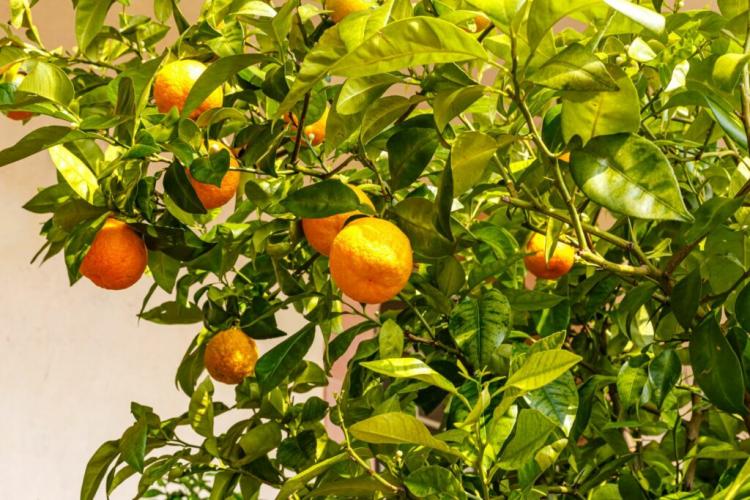What Is Fenugreek Used For : The Medicinal Plant
The plant is specifically cultivated in many countries and sold as a medicinal product. We reveal how fenugreek can also be grown in your own garden.
The effectiveness of fenugreek ( Trigonella foenum-graecum ) has not been broken for thousands of years. The medicinal plant was already widely used in ancient times and fenugreek is an integral part of Ayurvedic cuisine. The tasty spice is also very popular under the name of cow-horn clover and its characteristic scent earned it the title of Greek hay.
Fenugreek combines an incredible number of positive properties: The nutty note of the seeds turns many well-known dishes into a new taste experience. The tasty leaves, on the other hand, provide fresh green and can be used in many ways in the kitchen. And growing this health-promoting plant is anything but difficult. Let yourself be surprised by the powers of the ancient medicinal plant.
Fenugreek: characteristics and origin
Table of Contents
The relationship to other types of clover can be seen immediately in the fenugreek. And so this plant also belongs to the butterfly family ( Faboideae ). In contrast to the other species, fenugreek gives off an intense odor of coumarin, very similar to that of dried hay. The plant is annual and is supplied with water and nutrients via its strong taproot. So it reaches heights of up to 60 centimeters. Between April and July, the delicate yellow to slightly bluish butterfly flowers appears in the leaf axils, which attract numerous bumblebees and bees. You can also recognize the plant by its triangular leaf shape, which gives the species its scientific name Trigonella.
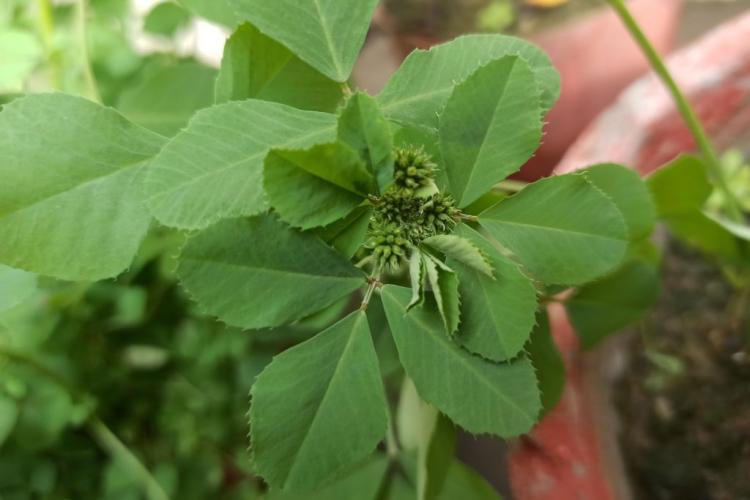
The origin of the plant is probably somewhere in West Asia and in the Mediterranean area, where the wild form still occurs today. Fenugreek spread from there because it enjoyed great popularity among people well into the Middle Ages. Nowadays its distribution area, therefore, extends over the entire American continent to China and from North Africa to France and Greece. The clover itself was once grown on a large scale in the USA. For this reason, if you take a closer look, you can still find fenugreek now and then, especially in the south of Germany.
The best fenugreek varieties
Fenugreek can be divided into two subspecies. On the one hand, there is the wild form gladiator. It is particularly widespread in the Mediterranean area and is noticeable for its thick hair. The second subspecies culta, on the other hand, is completely smooth and hairless. It is probably a pure cultivated form and probably comes from the hairy wild form.
Buy fenugreek: what to keep in mind
If you only want to purchase the seeds as a spice, you should make sure that they are packed airtight. This is the only way to keep the aroma for a longer period of time. To produce sprouts, you should purchase organic quality seeds. This is the only way to prevent the seeds from being treated with harmful pesticides. If, on the other hand, you want to harvest the plants at a later stage, you can also use conventionally produced seeds if you wish.
Grow fenugreek
Growing fenugreek is pretty straightforward. The fact that the plant also occurs wild in the USA shows its adaptation to local conditions. There is usually no need to fertilize and watering is only necessary for very dry summers. However, since the plant is only annual, it is sown annually.
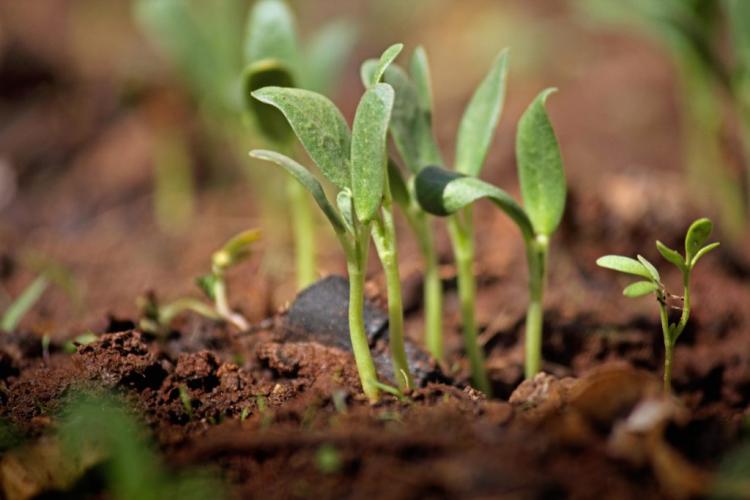
When to plant fenugreek
Since fenugreek is annual, you will need to re-sow it every year. The sowing should be sometime between April and the beginning of June and take place directly in the field. You do not need to pick out the plants afterward.
The perfect location for fenugreek
Fenugreek comes from a more Mediterranean climate, so it needs a lot of sunlight. It doesn’t have to be the blazing sun, but the plants mustn’t be planted too shady either. The perfect soil is clayey, but still permeable to water. Fenugreek tolerates dry locations and does well even on salty soils.
How to grow fenugreek
Since the sowing takes place directly in the bed, the planting distance is already important. Since fenugreek grows quite large and herbaceous, a distance between the plants of about 20 centimeters is advisable. After germination, the plants should not be moved anymore. Fenugreek is a dark gem. Therefore, you should put the seeds about an inch deep into the soil and then cover them with soil again. Since fenugreek prefers dryness and moisture, you should keep the seeds moist until germination, but never too wet.
Maintaining fenugreek: proper fertilization and watering
As a representative of the butterfly family ( Faboideae ), the fenugreek lives in symbiosis with so-called nodule bacteria (also called rhizobia). These bacteria bind nitrogen from the air and make it available to the clover through conversion. In return, this supplies the bacteria with sugar, which it gains from photosynthesis. For this reason, fenugreek should not be fertilized with nitrogen.
However, it is important to have an adequate supply of iron, molybdenum, and sulfur, as these nutrients are of great importance for cooperation. Good garden soil usually contains enough of these nutrients, so you don’t actually need to fertilize. Also, be careful not to put manure or compost in the soil before sowing.
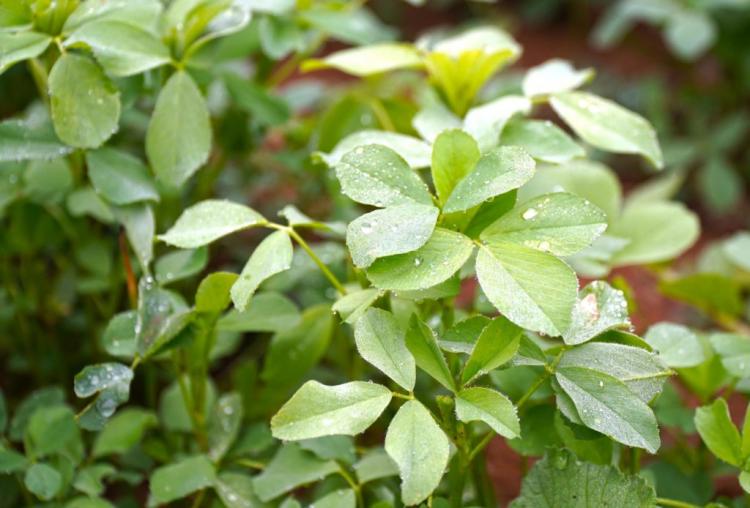
When it comes to watering, fenugreek is also not very demanding. It must never stand in a backwater. The conditions should therefore be rather dry because fenugreek can tolerate a little too much drought than too much water. However, if the leaves begin to become limp, you should urgently reach for the watering can.
You might so like: Honeydew Melon Plant: Tips For Growing In The Garden And Pot
Harvest and store fenugreek
In this country, it is mainly the use of the seeds that are known. These ripen between July and September. When the pods have dried and begin to peel open, it’s time to harvest the seeds. After harvesting, as a precaution, you should dry the seeds carefully before packing them up airtight. In a cool and preferably dark place, the seeds get their full aroma for about a year. The fenugreek herb is harvested beforehand. It tastes best early in the year when the herb is still young and fresh. Then you can either use it directly in the kitchen or dry it and store it in airtight, as well as the seeds.
Fenugreek: effect and application
You have probably enjoyed fenugreek more often than you thought without noticing it. Because the seeds of the versatile plant are an important part of curry mixes. Fenugreek is also becoming increasingly popular in cheese. No wonder, because the list of health-promoting effects of the plant is so long that it seems almost confusing. For this reason, we have summarized some applications for you:
- In dishes as a spice or ingredient (fresh or roasted seeds, as well as leafy greens): Fenugreek can be used in many ways in the kitchen. This has many positive effects on health, such as lowering blood sugar levels or stimulating the digestive tract. Last but not least, fenugreek is also very interesting for athletes, as it affects the testosterone balance and thus promotes muscle building. And fenugreek is even said to increase potency.
- As a tea against chronic coughs and as strengthening after illness and to calm the nerves: Scald a portion of fenugreek seeds with hot water and enjoy up to three cups a day. Attention: Plants also have strong effects. Therefore, do not use these in higher doses for more than six weeks, but alternate with other plants or take breaks in the application.
- Ground seeds in coconut oil against hair loss and for clear skin: To prevent hair loss, promote hair growth, or maintain a clear complexion, you can infuse ground fenugreek seeds in coconut oil. The oil is then massaged into the (head) skin and left there for half an hour. Repeated every two to three days, after a few weeks new hair growth begins and the skin is cleansed. Fenugreek seeds also act as a conditioner for healthy hair and fight split ends and dandruff. To do this, pour hot water over the seeds and let them cool before using it.
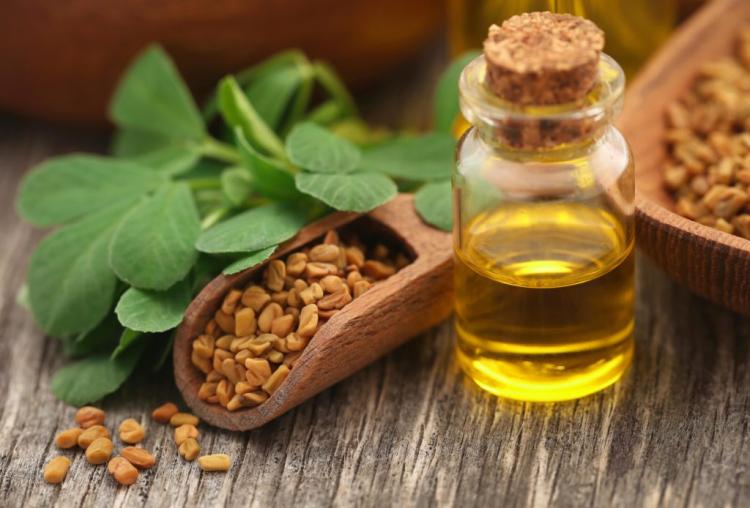
The innumerable effects of fenugreek, most of which have now even been scientifically proven, are of course due to the ingredients. The seeds of the medicinal plant contain about 30% mucilage. These substances are also found in flaxseed, for example, and have a calming effect on irritated mucous membranes. This has a very positive effect on the digestive system.
You might so like: Harvesting And Storing Of The Coriander
Fenugreek seeds also contain around 25% protein. An active ingredient called foenugraecin contained in fenugreek is mainly responsible for the effect on the human hormonal balance. This is a starting material for the formation of steroid hormones such as testosterone and estrogen. Apart from that, the seeds are rich in various important trace elements such as iron, calcium, and magnesium.
Vitamin A, which is good for eyesight, is also found in fenugreek seeds. The rich abundance of health-promoting ingredients, therefore, leads to a wide range of effects. Side effects, however, are not known. Only in advanced pregnancy should you avoid too much fenugreek, as it can also induce labor. In addition, gastrointestinal problems can occur with excessive consumption. If fenugreek is repeatedly used externally, it can cause redness and itching.
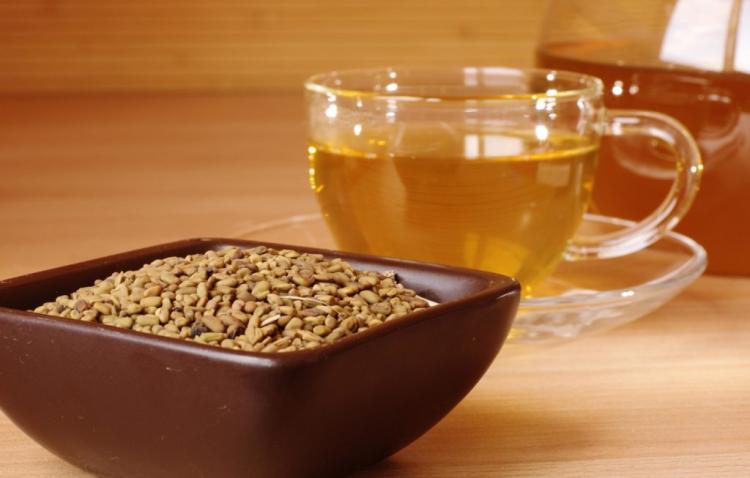
Fenugreek can be used in many ways in the kitchen. The seeds are suitable, for example, fresh as a seasoning for bread or cheese. If the taste of the fresh seeds is too intense for you, you can soften them by roasting them. The plant is also widely used in Indian cuisine, for example in chapati or naan pieces of bread. The fresh cabbage is also used to refine hearty pancakes. The fresh sprouts are also suitable as summer vegetables. Here are instructions on how to easily grow sprouts yourself.
